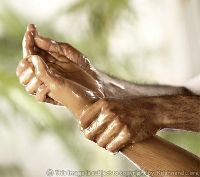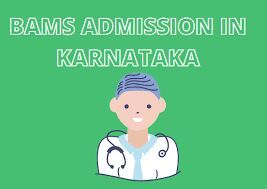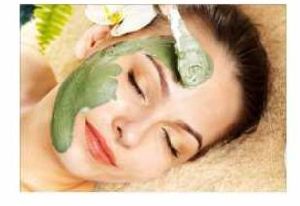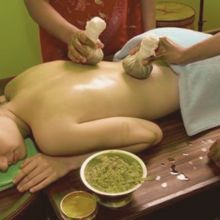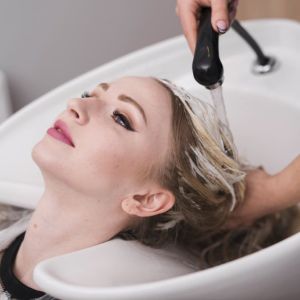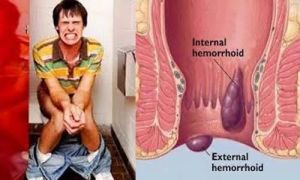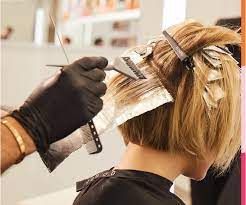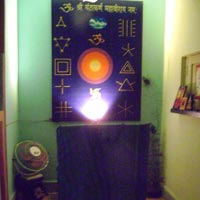Listing ID #1414036
Company Information
Ask for more detail from the seller
Contact SupplierWe are renowned as one of the stupendous providers of Ayurvedic Treatment Services, based in India. We have appointed team of experts to provide Panchakarma Ayurveda Treatment and benefit the clients with the best of the respective services. Customers from all round the globe are availing the Ayurveda Treatment as this no side effects and hence rejuvenation of energy is experienced. Additionally, customers are eased with the availability of the Ayurveda Treatments at the most affordable prices and within the stipulated timeframe.
We belongs to traditional ayurvedic family,who devoted more than 75 year in field of ayurveda. We flourish under the guidance of late vaidya shree brijmohan mishra,who dedicated his whole life to the service of ayurveda.now Dr. O.P MISHRA who practicing ayurveda since 28years,who expertise in diagnosis of diseases by naadi preeksha(pulse reader).



